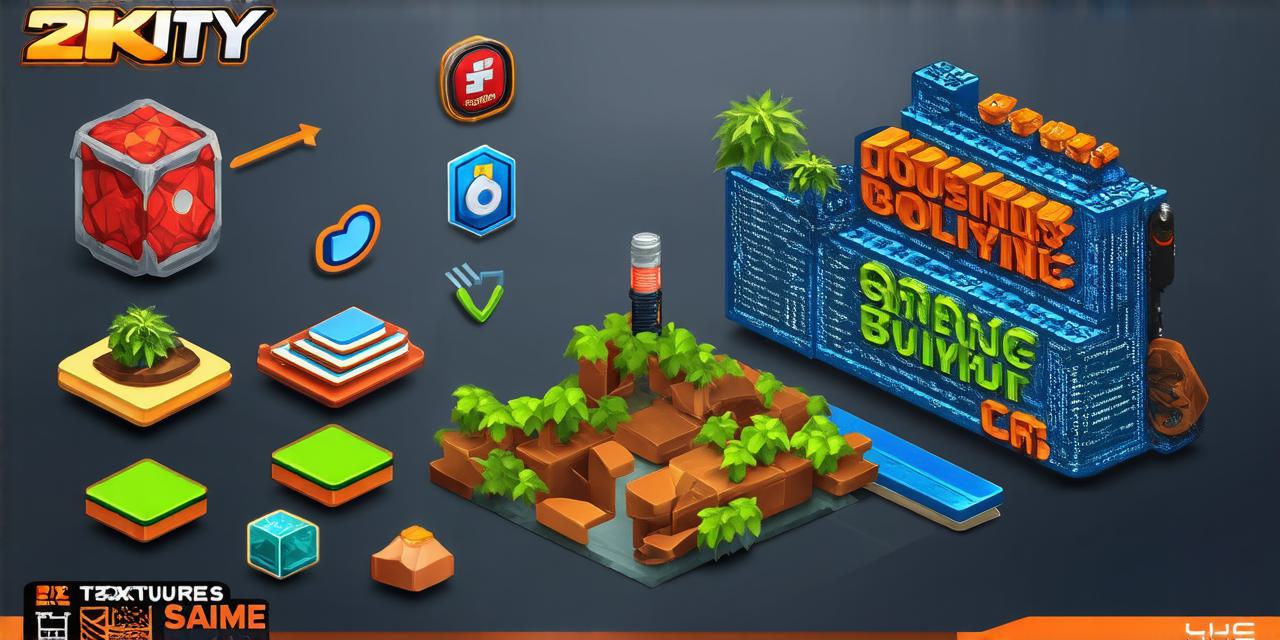Introduction
Bring your Unity 3D projects to life with dynamic character movement! In this step-by-step guide, we’ll delve deeper into the art of creating engaging character movement that will captivate players and elevate your games.
Understanding Character Movement
Character movement is a fundamental aspect of game development, setting the pace and feel of your game. It involves programming characters to move around the game environment in response to user input or AI-controlled actions. The way characters move can significantly impact the player’s experience, making it crucial to get it right.
The Power of Rigidbody Physics
At the heart of character movement lies Unity’s built-in Rigidbody physics system. This powerful tool allows for realistic and responsive character movement, making your characters feel alive and interactive. The Rigidbody component simulates physics for an object in a scene, including gravity, collisions, and rigidbody dynamics.
Creating a Basic Character Controller
1. Create a New Script:
Start by creating a new C script named “CharacterController”.
2. Implement Movement Functions: In the script, implement functions for horizontal and vertical movement using Input and Rigidbody physics. For example:
void Update()
{
float moveHorizontal Input.GetAxis(“Horizontal”);
float moveVertical Input.GetAxis(“Vertical”);
Vector3 movement new Vector3(moveHorizontal, 0f, moveVertical);
rb.AddForce(movement * speed * Time.deltaTime);
}
In this example, `rb` refers to the Rigidbody component attached to the character, and `speed` is a public float variable that can be adjusted in the Unity editor.
3. Add Gravity: Don’t forget to add gravity to give your character a realistic feel! You can do this by modifying the `Update()` function:
void Update()
{
float moveHorizontal Input.GetAxis(“Horizontal”);
float moveVertical Input.GetAxis(“Vertical”);
Vector3 movement new Vector3(moveHorizontal, rb.gravity.y * Time.deltaTime, moveVertical);
rb.AddForce(movement * speed);
}
In this example, `rb.gravity.y` sets the character’s gravity to Unity’s default value (9.81f).
Adding Advanced Features
To make your characters more dynamic, consider adding advanced features such as:
Smooth Movement: Implement smooth movement to make character movements feel fluid and responsive. This can be achieved by using the `Vector3.Lerp()` function.
Jumping and Wall Jumping: Add jumping mechanics for added player interaction and fun! For a more challenging experience, try implementing wall jumping.
Animator System: Integrate the Animator system to create seamless animations that match your character’s movements. This will make your characters feel more alive and immersive.
Case Study: A Successful Character Movement Implementation
In the popular game “Super Meat Boy”, character movement is a key factor in its success. The developers used a combination of smooth movement, responsive physics, and engaging animations to create an unforgettable gaming experience. They also implemented wall jumping, adding an extra layer of challenge and fun for players.
FAQs
1. What tools are needed for creating character movement in Unity 3D? You’ll need a basic understanding of C scripting and Unity’s Rigidbody physics system. Familiarity with the Animator system can also be beneficial.
2. Can I create complex character movements without using the Animator system? While possible, using the Animator system can make your animations more fluid and realistic. It also allows for easy animation blending and state transitions.
3. How do I ensure my character moves smoothly? Implement smooth movement functions to make character movements feel fluid and responsive. This can be achieved by using the `Vector3.Lerp()` function or similar methods.
Summary
Mastering character movement in Unity 3D is a journey that will take your games to new heights. With the right tools, techniques, and a bit of creativity, you’ll be able to create characters that move with purpose, adding depth and excitement to your projects.
